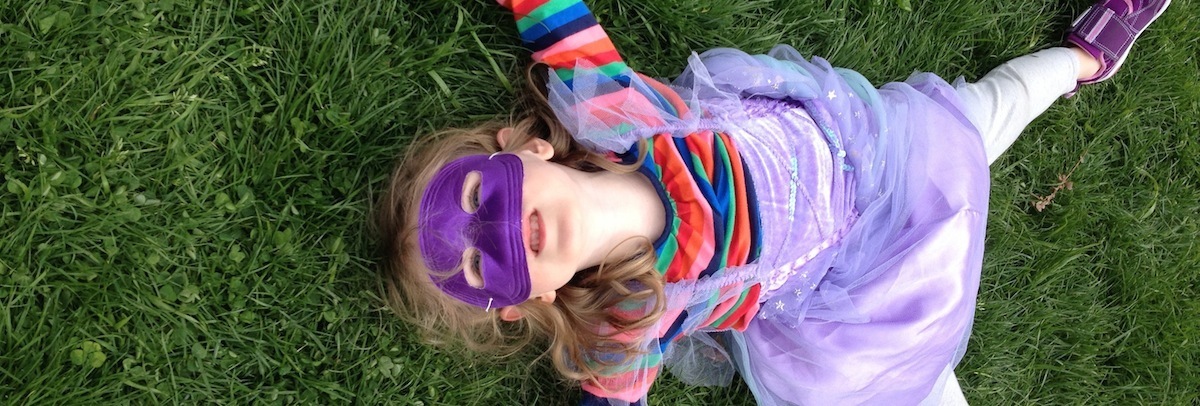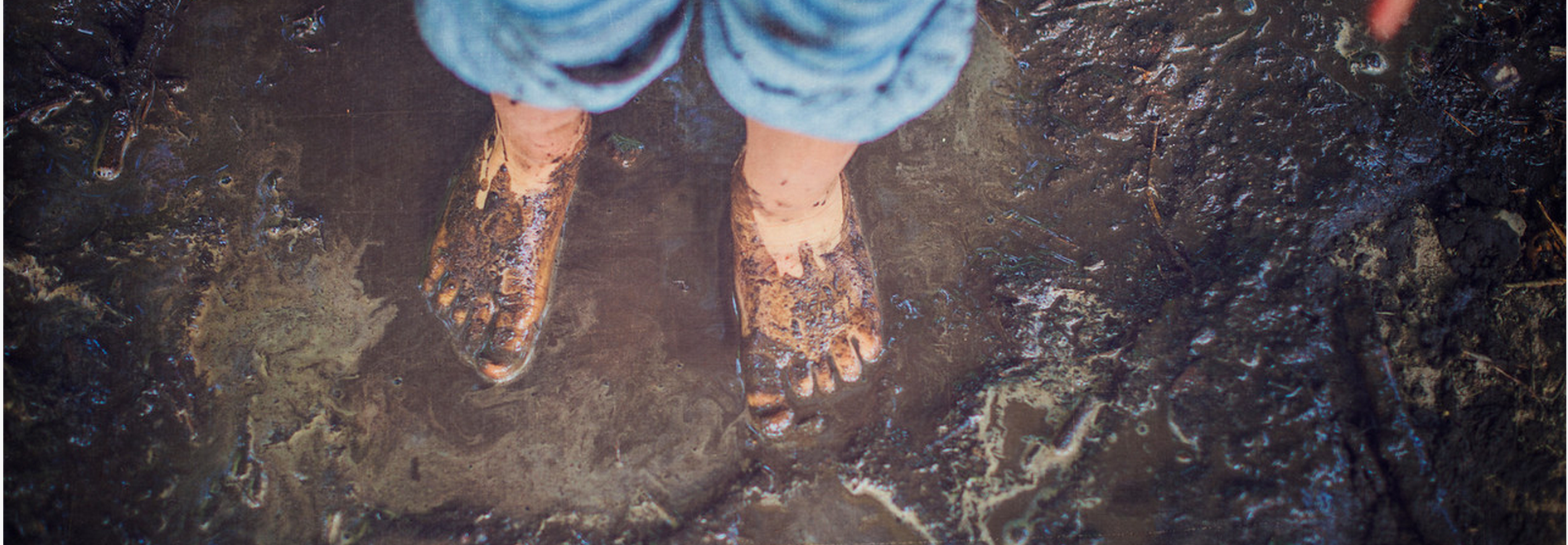Faces for the Trees
-
Age: 3 to 8+
-
Time: 1 hour+
-
Materials: water, bucket, towel
- Skills: Creativity, Imagination, Sensory, Self Esteem
Faces in Trees Activity for Kids
What if trees had faces? Help your kids unpack that question while they make a mud pie by forming a fistful of mud into a patty and plopping it onto the bark of a tree. Then, help them use bright flowers, nuts and berries, sticks and twigs, fuzzy bits of moss and other natural treasures to turn a mud patty into a fully featured face. Simple and rough as the final works may be, they are beautiful every time. These faces can be self portraits or representations of the important people, characters or animals in kids’ lives. To really engage their imaginations, get them to dream up a personality for the tree itself and create a face that matches.
Just be sure to have plenty of mud on hand--one mud face always seems to lead to another.
The Guide
- Launch the activity: Start by asking kids, "What if trees had faces? What would they look like? What features would they need? Would they look like people faces? animal faces? totally different faces?"
- Prompt some imagining and planning: Before kids actually get their hands dirty, prompt them to close their eyes and picture the face they would like to make for the trees. Ask things like, "What will the faces look like when they are done?" "What kinds of objects do you think you’ll use in your mud face?” “How will you gather what you need?”
- Kids gather the features: Before you bust out the mud, send kids off to gather objects to use for the various features of their face. Give each child a container (e.g. a small cup, a bindle, yogurt container, small bag) to collect and carry objects.
- Make and plop mud patties: All dirt is different, so add water gradually until your mixture thickens to the right consistency (think thick brownie batter). For each face, make a softball-sized mud patty, flatten it a bit, then give it a good plop onto the bark of a tree, giving it a few finger pushes around the edge to help it really stick.
- Guide as they create: While kids work, remain available to help them if they ask, but let them do as much as they can. If kids' faces fall, help them collect the mud, repack and replop.
- Clean up: Bring some kind of bucket and tap water. Kids dip and rub the mud off their hands in the water, dry with a towel and rinse with either water/dish soap solution or a hand wipe.
- Meet the faces: Suggest that your kids introduce their mud faces to you (and the group, if you have one), encouraging them to tell as much as they can about the face. If you have a bunch of kids, walk as a group from tree to tree, mud face to mud face (a little outdoor museum!).
- Check up on the faces: If you live close to the park or forest, go back to check on the faces. Depending on the weather and the human traffic, mud faces can stick around for several days.
Why is this activity great for kids?
So often “crafty” activities give kids the materials and the step-by-step instructions they need to make the final design look just like it is “supposed to look.” This activity, on the other hand, offers only a goal (i.e. make a face) and a few constraints (i.e. use mud and nature to make it happen). The materials are natural, irregular, and entirely up to kids to gather—kids today rarely enjoy that kind of choice and entertain those kinds of possibilities, and yet this is just the kind of experience that develops true creativity.
Kids will likely cope with challenge in the process of making a mud face making this a great way to develop persistence and grit. If pushed too far, mud faces fall. Some noses are just too heavy. Sometimes the result just doesn't look like kids imagined. No matter the struggle, mud is wonderfully forgiving. If kids don’t like how their face is coming along, they can just reshape the mud and start fresh. If it falls, they pack it back up, plop it back on and keep going.
For many kids, the chance to get muddy is a thrill, while for others it is a true sensory challenge. No matter which, playing with ooey gooey mud helps children to strengthen their sense of touch. Plus, research indicates that playing in the dirt can help build kids’ immune systems.



